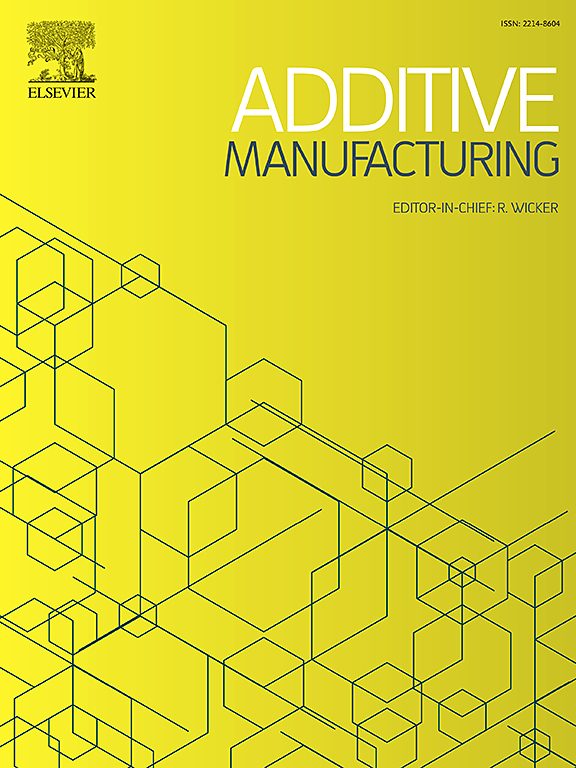Investigate mechanisms of different printing parameters on the mechanical anisotropy of 3D concrete printing elements by using computed tomography scan and computational fluid dynamics methods
IF 10.3
1区 工程技术
Q1 ENGINEERING, MANUFACTURING
引用次数: 0
Abstract
3D concrete printing (3DCP) elements show significant mechanical anisotropy. Printing parameters can affect the mechanical anisotropy of 3DCP elements. However, most studies have focused on the effects of printing parameters on the interlayer bond strength at a macroscale level. The mechanisms of printing parameters on the mechanical anisotropy of 3DCP elements remain unclear. To fill research gaps, computed tomography (CT) scans, computational fluid dynamics (CFD) numerical simulations, and uniaxial compression tests (UCTs) were conducted with the printing parameters of the expansion state of the nozzle flow channel, overflow ratio, stand-off distance, and flow rate involved. The results of CT scans, CFD simulations, and UCTs revealed the mechanism that the printing parameters affect porosity distribution and pore anisotropy by influencing the normalized local pressure at interlayer and fluid velocity gradients, respectively, which further results in the modification of the mechanical anisotropy of 3DCP elements.
求助全文
约1分钟内获得全文
求助全文
来源期刊

Additive manufacturing
Materials Science-General Materials Science
CiteScore
19.80
自引率
12.70%
发文量
648
审稿时长
35 days
期刊介绍:
Additive Manufacturing stands as a peer-reviewed journal dedicated to delivering high-quality research papers and reviews in the field of additive manufacturing, serving both academia and industry leaders. The journal's objective is to recognize the innovative essence of additive manufacturing and its diverse applications, providing a comprehensive overview of current developments and future prospects.
The transformative potential of additive manufacturing technologies in product design and manufacturing is poised to disrupt traditional approaches. In response to this paradigm shift, a distinctive and comprehensive publication outlet was essential. Additive Manufacturing fulfills this need, offering a platform for engineers, materials scientists, and practitioners across academia and various industries to document and share innovations in these evolving technologies.
 求助内容:
求助内容: 应助结果提醒方式:
应助结果提醒方式:


